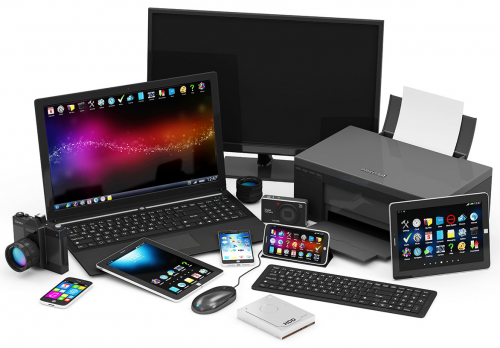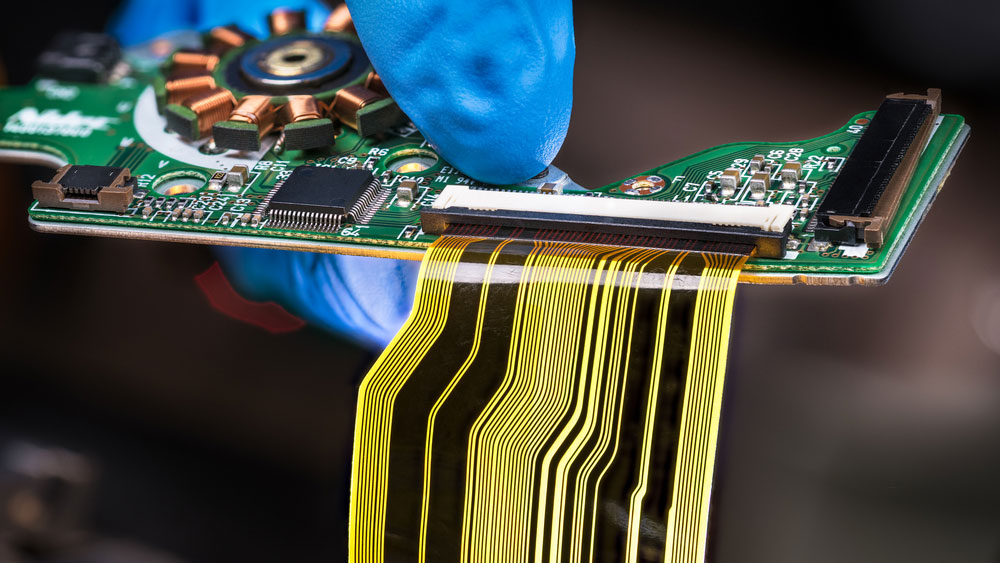I. What is FFC / FPC connectors
FFC connectors are commonly used to connect ribbon flat flexible cables (FFC) to PCB circuits in wire-to-board applications, and they can also be used in wire-to-wire configurations. These connectors have a high density, very narrow form factor and fit into tight spaces. They are commonly used in consumer applications such as laptops, cameras, computer equipment, home appliances and cell phones.
Single or dual row connector housings are typically made of flexible plastics, polymers, engineered rubbers or films that surround embedded metal connectors. A variety of locking styles are available.
II. FPC connector structure and use
FPC connector is characterized by one end and PCB welding connection (more SMT welding), the other end and FPC plug, and FPC connector designed to lock the device so that the FPC and FPC connector lock, to maintain a certain degree of contact reliability. So the connector’s plastic body and terminals, as well as between the card lock parts have strict matching requirements.
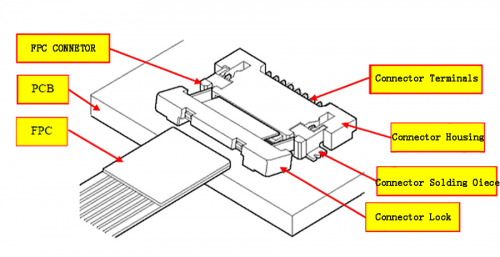
In order to meet the requirements of the SMT process, the entire product terminal soldering area is strictly required to have a good flatness and co-planarity, usually the industry norms for co-planarity 0.10max. Otherwise, it will lead to poor soldering with the PCB and affect the use of the product.
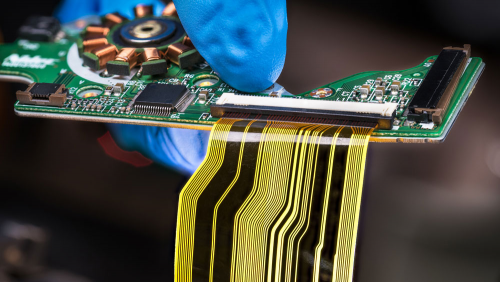
One of the main reasons designers choose FFC/FPC connectors is that, when used with flexible cables, they offer a higher degree of flexibility than traditional rigid boards.
III. Design Notes
1. FFC/FPC connectors are available in pin, socket, tab and lug contact options with single or dual row housings.
2. Some variants are able to mix FFC cable and round wire contacts to provide multiple pitches such as 0.03 mm, 0.5 mm, 1.00 mm, 1.25 mm, 2.54 mm, but the most common pitches are 0.50 mm, 1.00 mm, and 1.25 mm. Individual FFC connector can be spaced differently between different conductors on the same cable, but this is not common.
3. FFC/FPC connectors are available in fully shielded versions to control EMC interference.
4. Various locking mechanisms are available to secure this connector type, including latches, pins, and retention tabs.
5. Board termination options include surface mount or through-hole.
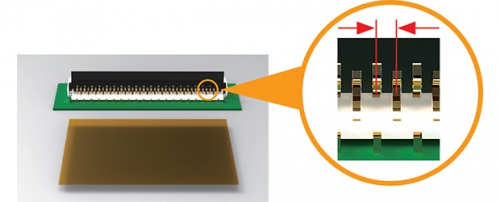
IV. The application of FFC / FPC connectors
FFC/FFP connectors serve a wide range of markets and applications, including consumer electronics, industrial controls, displays, printers, automotive, test and measurement instruments, home appliances and medical devices.
